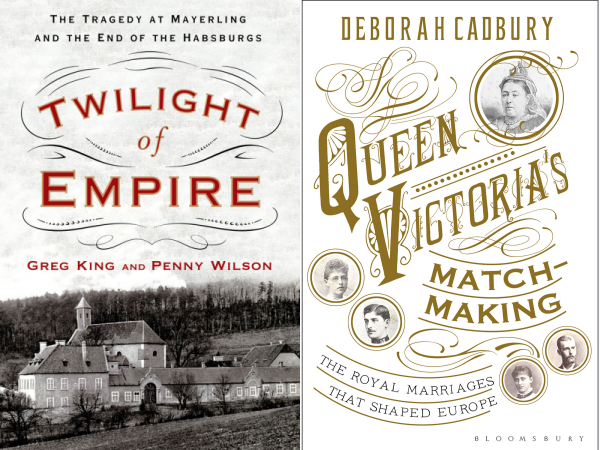 |
| Koh-i-Noor: The History of the World’s Most Infamous Diamond (Photo: The Court Jeweller) |
I’ve got a treat for those of you who love royal jewelry and history today! I just finished William Dalrymple and Anita Anand’s Koh-i-Noor: The History of the World’s Most Infamous Diamond, which was published in September, and I’m happy to say that it’s excellent.
 |
| Emily Eden’s 1844 lithograph depicting one of Ranjit Singh’s favorite horses (with the Head Officer of the Stables) with several of his favorite jewels, including the Koh-i-Noor (The British Library/Wikimedia Commons) |
The book, which traces the complicated and sometimes shrouded history of the Koh-i-Noor Diamond, is divided into two parts. Dalrymple was responsible for the first half of the book, which follows the diamond from its earliest historical mentions through the reign of one of its most famous Indian owners, Maharaja Ranjit Singh. In some ways, Dalrymple has the more difficult task. As he states clearly in the text, most histories of the Koh-i-Noor depend on repeated, unproven myths first spread by the British officials who, well, acquired the diamond in the nineteenth century. Dalrymple takes on the challenge of untangling these stories in search of a more carefully researched history of the diamond’s early years. This half of the book was a slow read for me, but it’s not really Dalrymple’s fault: he’s working with source material that is difficult to distill into a more traditional historical narrative.
 |
| Winterhalter’s 1856 portrait of Queen Victoria wearing the Koh-i-Noor in its brooch setting |
My reading pace picked up considerably in the second half of the book, which was written by Anand. She tackles material that has a much more stable, factual basis — but, in turn, she has to work with particularly complicated political territory. Anand traces the diamond from the death of Ranjit Singh through to the present day, including the confusing days following Ranjit Singh’s death, the coaxing of the diamond away from his son, Duleep Singh, and the journey of the diamond from India to Britain. I thought that Anand was especially sensitive in her handling of the questions about the diamond’s ownership, which is controversial for very good reasons. Other than a brief section in which she covers Queen Victoria’s post-widowhood philosophies about jewelry (something that she, like so many scholars, overly simplifies), I thought that this half of the book was especially excellent. Toward the end of the book, Anand refers to the diamond as “a live diplomatic grenade,” which is perhaps the best description I’ve heard of the gem’s current political and symbolic status.
 |
| Koh-i-Noor: The History of the World’s Most Infamous Diamond (Photo: The Court Jeweller) |
I can’t recommend Koh-i-Noor enough, both for those who are familiar with the story of the diamond and those who would like to learn about it for the first time. Right now, the hardcover book, which features two sections of colorful images, is being sold on Amazon for less than $15, almost a 50% discount off the list price. Kindle readers can get the digital edition for less than $10. Well worth it either way, if you ask me.

Finally today: a quick poll! I mentioned on Sunday that I recently pre-ordered the new book about the last years of the reign of the Habsburgs (King and Wilson’s Twilight of Empire), but I also pre-ordered another new book: Deborah Cadbury’s Queen Victoria’s Matchmaking: The Royal Marriages That Shaped Europe. I’ll be reviewing one of them later next month, and I’ve decided to let you all choose which one you’d rather hear more about. (You can also pre-order the books via the links above!)
Leave a Reply